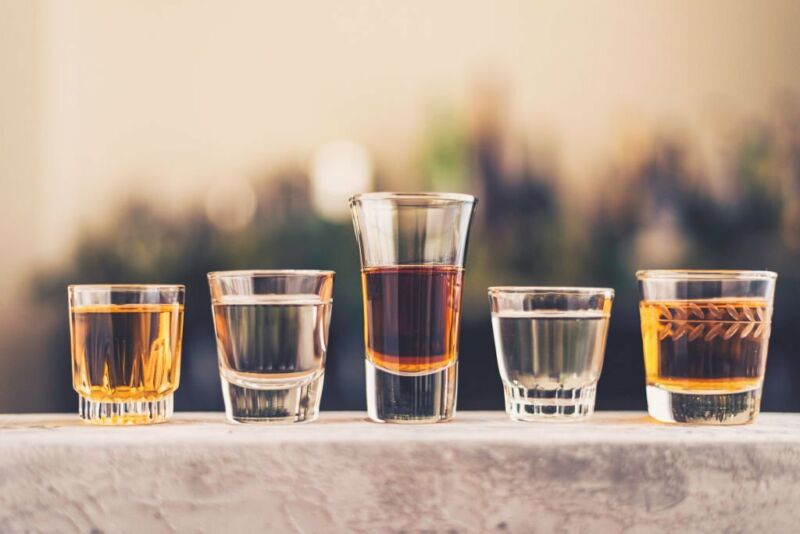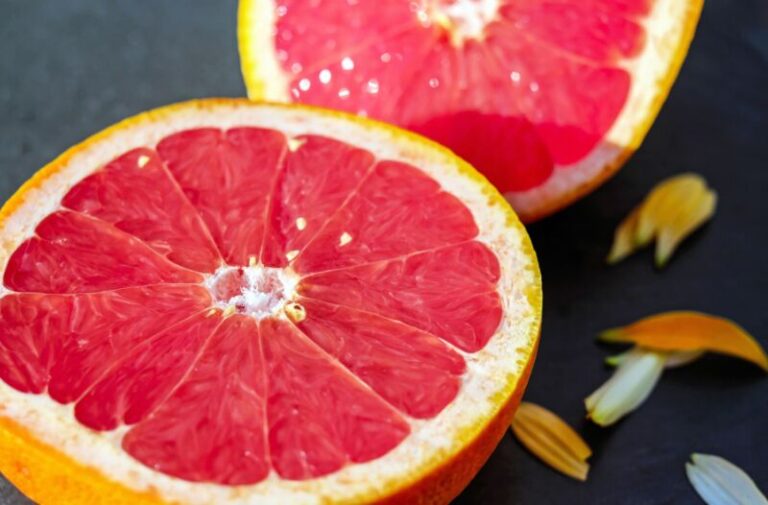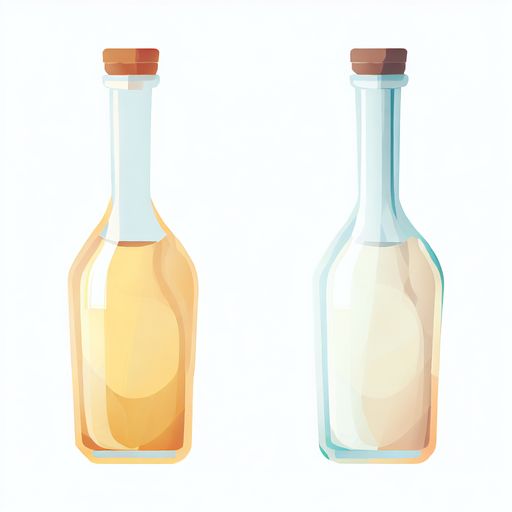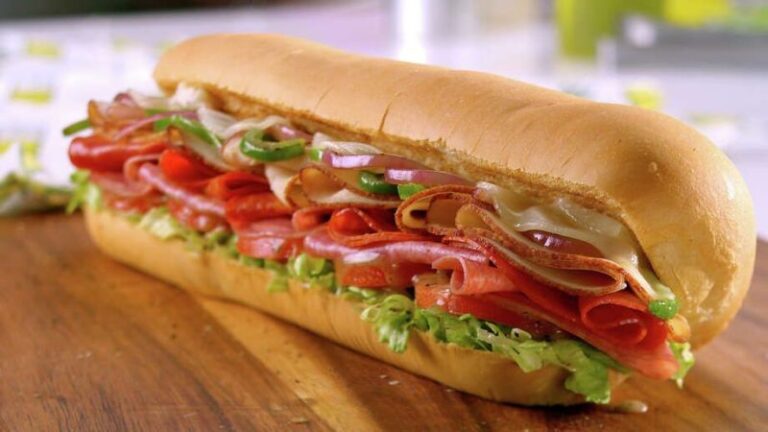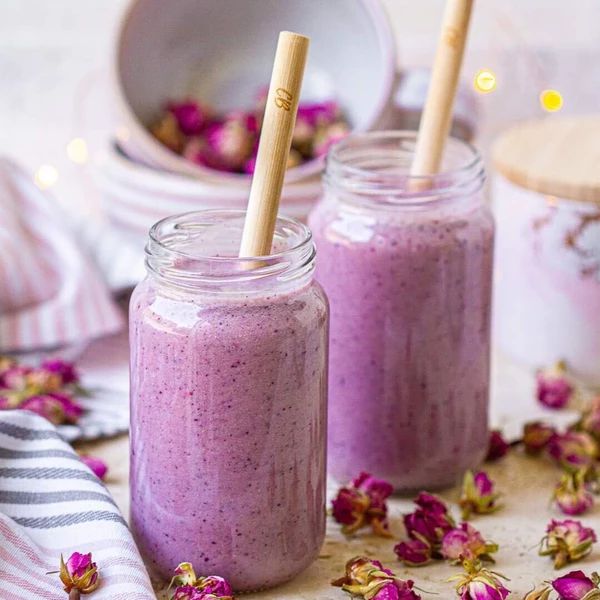Does Flavored Vodka Go Bad?
As I took stock of my bar collection the other day in preparation for an upcoming cocktail party, I noticed some bottles had been languishing at the back of the cabinet for quite some time. This made me wonder – does flavored vodka go bad? While vinegar or milk obviously wouldn’t fare well after years of neglect, I wasn’t sure if the rules were different for spirits.
I’ve heard rumors that vodka lasts forever, but that didn’t seem quite right to me. As I inspected the bottles more closely, I had to admit that the cotton candy vodka I impulse-bought at last year’s beach trip looked a little worse for wear. Its once-vibrant fuchsia hue had faded to a pale pink, and the flavor seemed somehow flat when I tasted it.
This experience prompted me to look into how long flavored vodka lasts compared to the unflavored stuff. As it turns out, there are a variety of factors that determine the shelf life of vodka and other liquors. Read on for my findings and tips on storing vodka properly so it stays fresh and flavorful for as long as possible.
What Is Vodka Made Of?
Before diving into vodka’s expiration date, let’s first cover what exactly this popular spirit is made from. Vodka’s main ingredients are simple:
- Water – Provides the liquid base.
- Ethyl alcohol – Added through the fermentation and distillation process. Gives vodka its high alcohol content.
- Starchy foods – Common bases include grains like rye, wheat, corn, or barley. Potatoes, grapes, or even sugar beets are also used.
Vodka production involves fermenting these starchy foods to convert their sugars to alcohol. The liquid is then distilled repeatedly to purify and increase the alcohol percentage. This creates vodka’s signature neutral flavor and clear appearance.
The final steps involve filtering, diluting with water, and bottling. For flavored vodka, spices, fruits, sweets, or other essences are infused during production to add taste. But at its core, pure distilled vodka contains just alcohol and water.
Does Unflavored Vodka Go Bad?
With such minimal ingredients, you might think vodka has an indefinite shelf life. But that’s not necessarily the case. Some important considerations include:
Alcohol Content
One reason vodka lasts is its high alcohol by volume (ABV). The standard ABV of vodka is 35-40% (70-80 proof). At this concentration, the alcohol acts as a preservative against microbial growth. This is why spirits generally don’t spoil like wine, beer, or mixes with lower alcohol content.
However, vodka’s ABV can slowly decrease over many years of aging. Exposure to light and heat speeds up alcohol evaporation. If vodka drops below 30% ABV, it risks developing bacterial growth and off flavors.
Storage Conditions
How the vodka is stored makes a big difference in shelf life. Even though vodka itself won’t go bad per se, poor storage can cause flavor degradation:
- Heat – Leads to faster evaporation of volatile aromas and a harsher taste.
- Sunlight – Can change the vodka’s chemical composition and color. Always store bottles away from direct light.
- Improper sealing – If not securely closed, oxygen can seep in and gradually oxidize the vodka. Keep bottles tightly capped.
- Temperature fluctuations – Rapid changes in temp, like repeatedly moving a bottle from the freezer to room temp, accelerates aging.
Optimal vodka storage is in a cool, dark place at a stable temperature. Refrigeration can help slow down aging effects.
Opened vs. Unopened Bottles
Once exposed to air, deterioration happens more quickly. An unopened bottle has a virtually indefinite shelf life if stored properly.
On the other hand, an opened bottle should be consumed within 2-3 years. The vodka won’t be unsafe, but it may start losing its subtle flavors and aromas.
How Long Does Flavored Vodka Last?
Now let’s discuss flavored vodka shelf life. The base spirit provides long-lasting preservation. However:
- Natural flavors and essences can fade, oxidize, or evaporate over time.
- Added sweeteners may ferment or react with the alcohol.
- Dairy ingredients in cream-based liquors are highly perishable.
Thus, while an unopened flavored vodka keeps indefinitely, an opened bottle has a recommended shelf life of 1-2 years.
You’ll know it’s gone bad if the liquor:
- Smells or tastes unpleasantly rancid
- Becomes cloudy instead of clear
- Changes to an odd color
- Develops sediment at the bottom
So inspect your flavored vodkas carefully before drinking. When in doubt, throw it out.
Shorter Shelf Lives
Some flavored vodkas have even shorter shelf lives:
- Fruit infusions – Fresh juice adds a delicate flavor, but also contains sugars and compounds that can spoil. Consume fruit vodkas within 6-9 months.
- Creams and liqueurs – Dairy products and egg whites used in these mixes are highly unstable. Their shelf life is 3-6 months after opening.
Proper Vodka Storage for Maximum Freshness
Now let’s apply these vodka shelf life rules with some tips for keeping your supply tasting its best:
Choose a Cool, Dark Cabinet
Store vodka at room temperature or in the refrigerator. The ideal range is 55-65°F. Colder temperatures are okay, but repeated freezing and thawing will speed aging.
Keep bottles away from heat sources like dishwashers, ovens, and direct sunlight. UV rays accelerate flavor breakdown. A basement, pantry, or interior cabinet works perfectly.
Ensure a Tight Seal
Whether you’re dealing with a fresh bottle or one that’s half-empty, verify the cap is securely closed after each use. A loose seal allows air exchange and evaporation.
For opened bottles, pump caps help minimize oxygen exposure. You can also try pouring the vodka into a smaller container so there’s less headspace.
Maintain Proper Orientation
Store bottles upright instead of on their sides. This prevents the cork from drying out and shrinking, which allows air leaks. Vodka won’t spoil if briefly laid down, but prolonged incorrect orientation exposes it to more oxygen.
Check Rotation
Use the “first in, first out” system. Move older product to the front and use it soon. Put new purchases toward the back. This rotation system ensures you always have the freshest vodka on hand.
What’s the Shelf Life of Other Spirits?
Vodka isn’t the only spirit that can lose its luster over time. Here are some shelf life guidelines for properly stored, unopened bottles of other popular liquors:
- Gin – Basically indefinite due to high ABV. Floral/botanical flavors may fade, but it won’t spoil.
- Rum – 2 years for white, 4+ years for dark. Higher sugar content means more potential for flavor change.
- Tequila – Blanco (white) tequila keeps indefinitely. Reposado (aged) has a lower ABV so store no more than 5 years.
- Whiskey – Bourbon and Scotch last many decades. Rye and Irish whiskey have a typical 10-20 year shelf life before noticeable quality decline.
- Brandy – 2 years minimum, but 10+ years optimal for flavor development.
In general, higher-proof distilled spirits last longer than lower ABV products like vermouth, cream liqueurs, and pre-mixed cocktails. Also, dark-colored spirits endure better than clear ones thanks to protective compounds extracted from the barrel aging process.
The Bottom Line on Liquor Freshness
After learning so much about vodka and spirits shelf life, I’m inspired to finally drink down my neglected flavored bottles and restock with some new ones. Now I know that proper storage is key to enjoying vodka and other liquors at peak quality for years to come.
By keeping bottles sealed, at stable temperatures, and away from light, you can avoid degradation and evaporation. With some extra care, your bar collection will stay tasting crisp, smooth, and vibrantly flavored.
The next time you host guests, you can confidently mix up cocktails without worrying about serving stale, oxidized liquor. So inspect your stash, apply these vodka shelf life rules, and drink confidently knowing your spirits are as fresh as possible!
